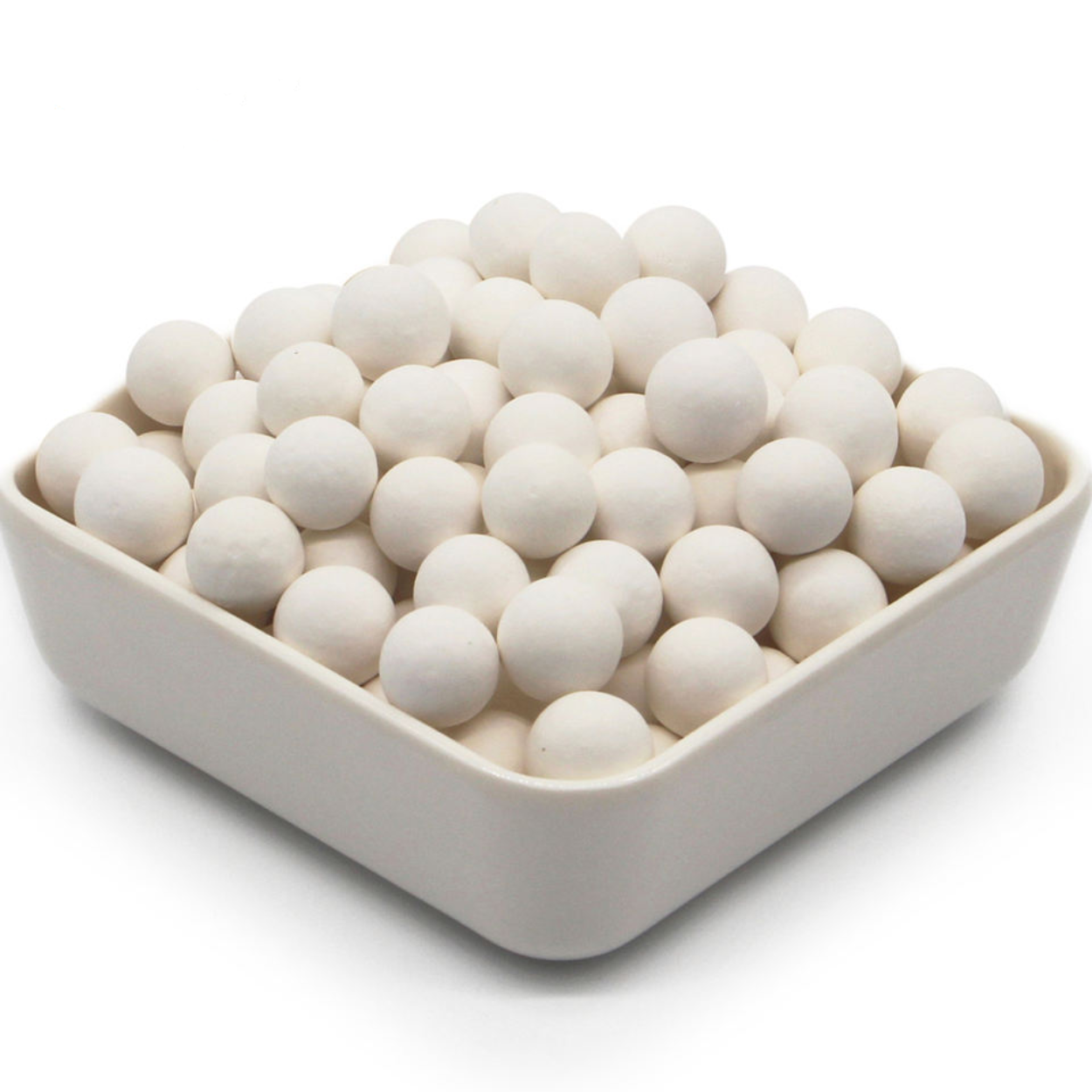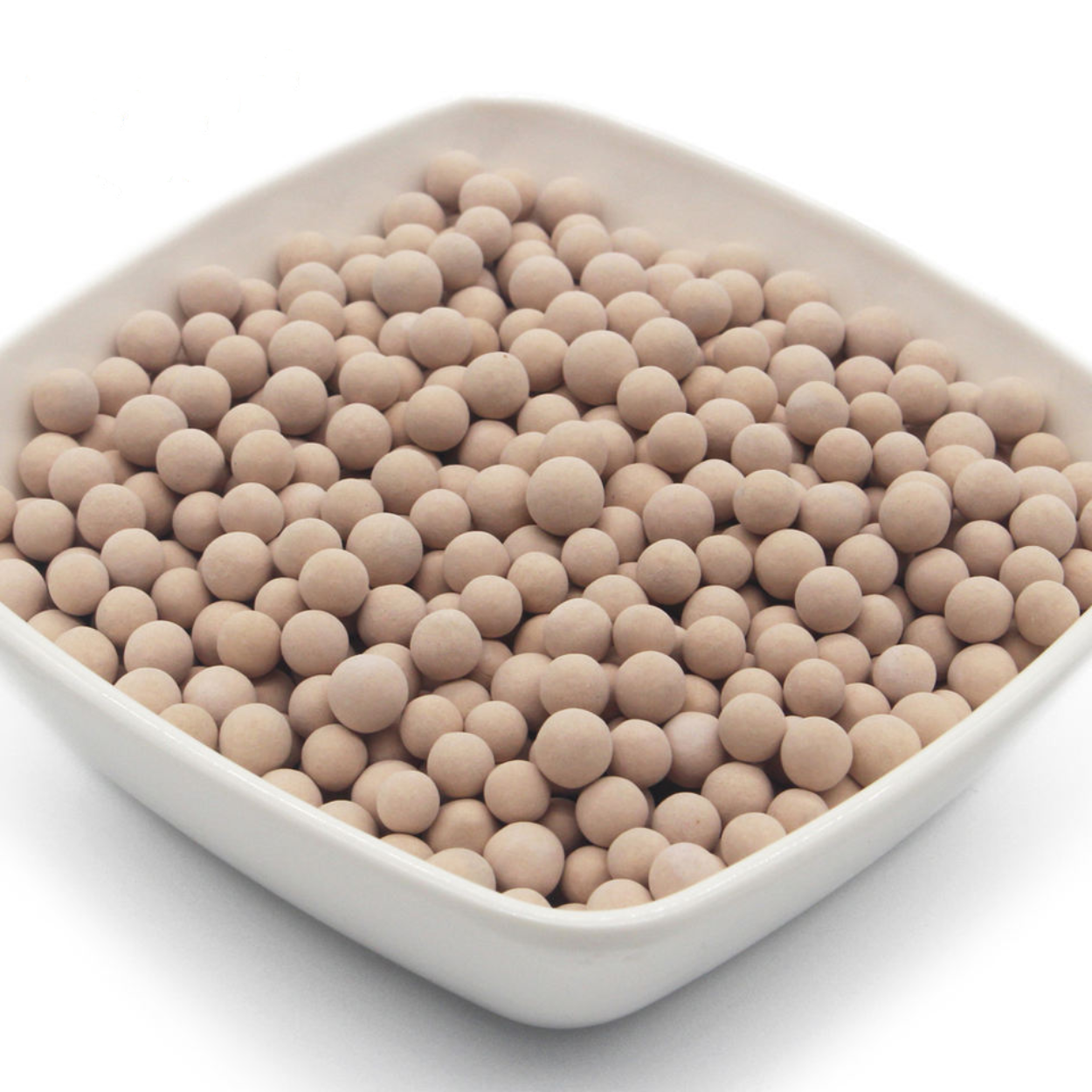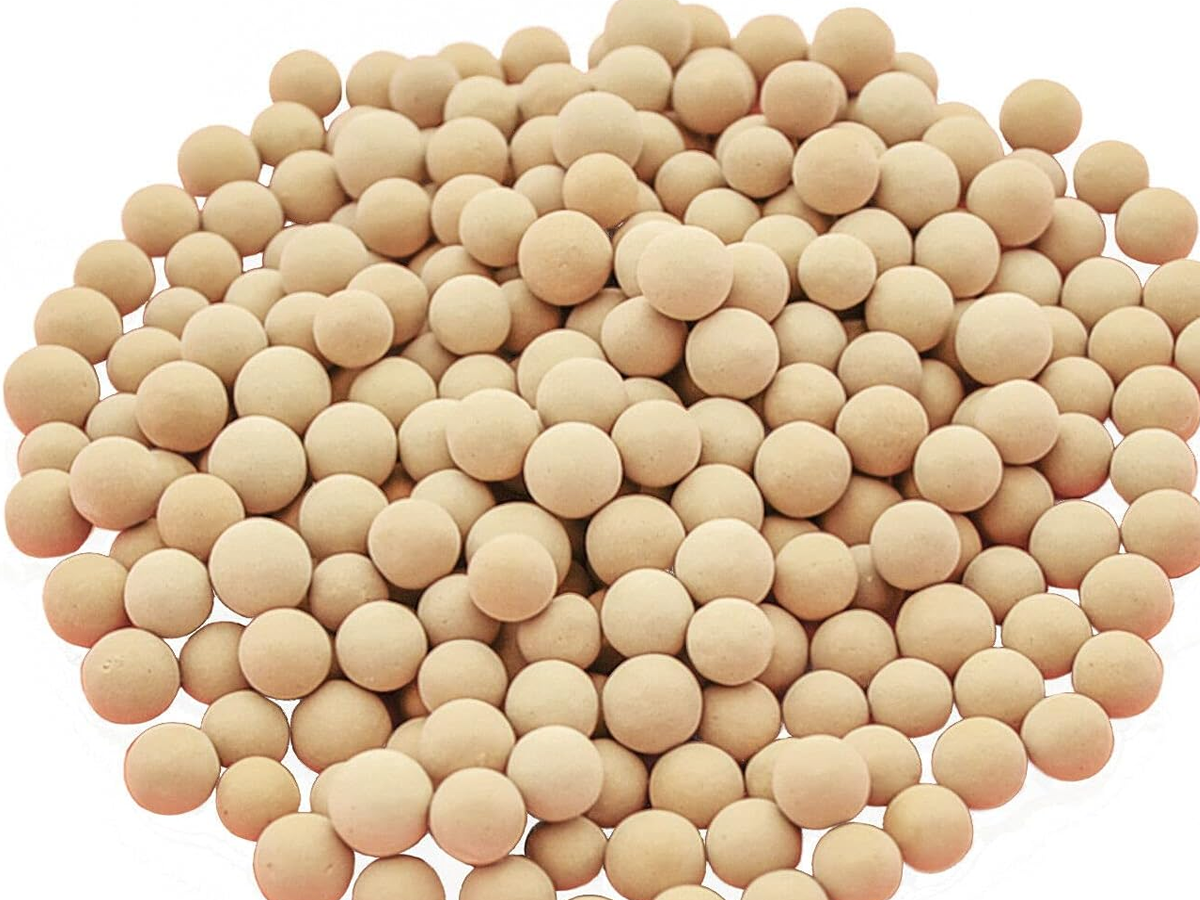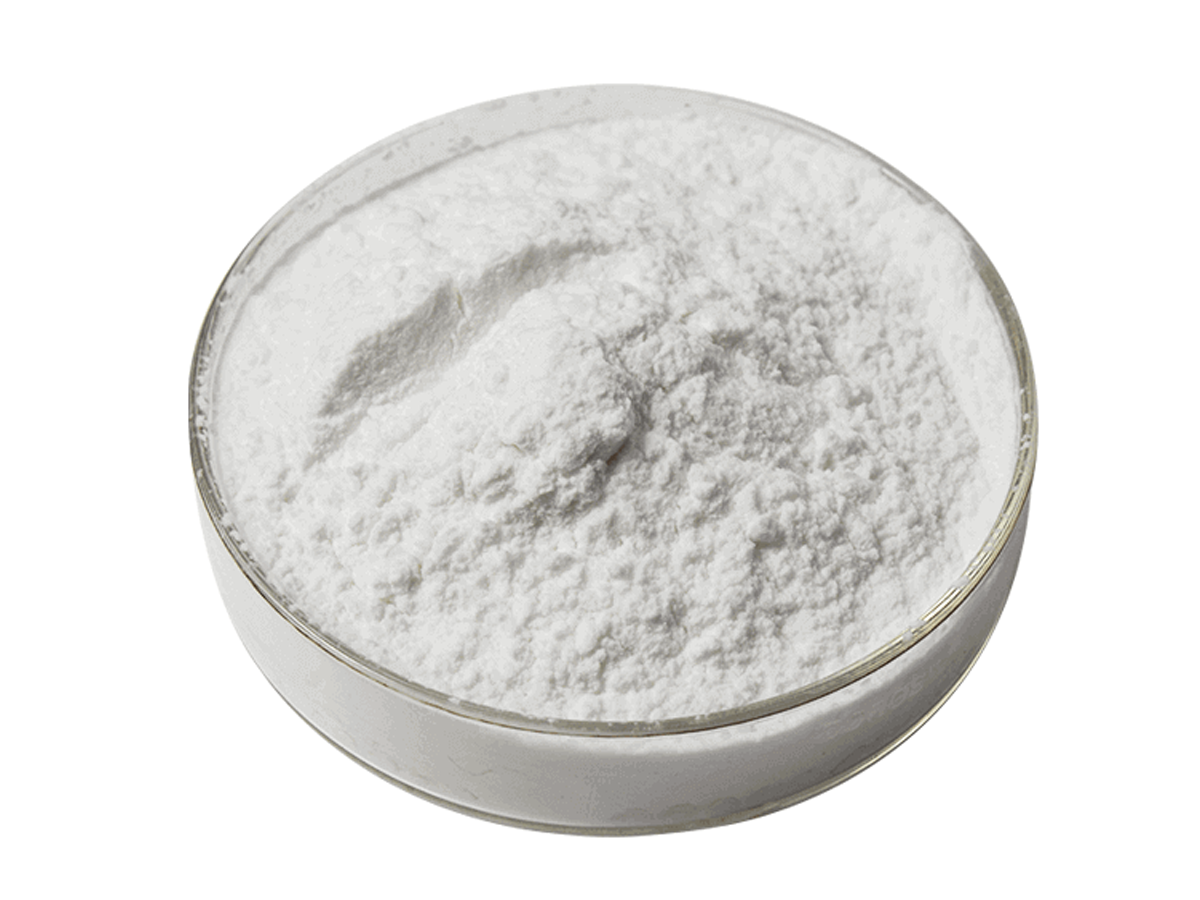
Manufacturer 4A vs 3A Molecular Sieves in LNG Dehydration
LNG dehydration mainly uses 4A molecular sieves for water and hydrocarbon removal, while 3A suits cases needing zero hydrocarbon adsorption.
In petrochemicals, dehydrating cracked gas—rich in unsaturated hydrocarbons such as ethylene and propylene—is critical. Even trace moisture can poison catalysts, corrode pipelines, and reduce product purity. Conventional drying agents like silica gel or activated alumina cannot achieve the required precision, but 3A molecular sieves, with their unique pore size and selective adsorption properties, deliver the optimal solution.
3A molecular sieves (potassium A-type zeolite) have a pore size of ~3 Å—large enough for water molecules (~2.8 Å) to enter, but too small for ethylene (~4.2 Å) and propylene (~4.9 Å). This molecular size exclusion ensures water removal without hydrocarbon loss.
| Adsorbent | Pore Size (Å) | Suitability | Drawbacks |
|---|---|---|---|
| 3A | 3 | Adsorbs H₂O only, no ethylene/propylene loss | Requires regeneration |
| 4A | 4 | May adsorb CO₂, CH₄ | Reduces hydrocarbon yield |
| Silica gel | 20–100 | Broad adsorption range | Low selectivity, saturates quickly |
| Activated alumina | 15–60 | Adsorbs larger molecules | Lower efficiency |
Conclusion: 3A molecular sieves are the only adsorbents that achieve deep dehydration without sacrificing ethylene/propylene.
Catalyst poisoning: Steam deactivates polymerization catalysts (e.g., Ziegler–Natta), reducing efficiency.
Equipment corrosion: At high temperature and pressure, water reacts with acidic gases (H₂S, CO₂), accelerating corrosion.
Product purity loss: Residual moisture causes defects like bubbles in downstream polyethylene/polypropylene production.
– Fixed-bed adsorption:
Cracked gas passes through a 3A bed, water is removed efficiently.
Achieves outlet dew point < –70 °C (moisture < 0.1 ppm).
Ideal for pretreatment before cryogenic separation.
– Regenerable for long-term use:
Restored via hot nitrogen purge at 200–300 °C.
Typical lifespan: 3–5 years, lowering OPEX.
Selective precision: Removes water only, preserving ethylene/propylene yield.
Ultra-deep dehydration: Dew point < –70 °C meets polymer-grade specs.
Regenerable & durable: Cost-effective for continuous operations.
Industry benchmark: Adopted by global petrochemical leaders (e.g., BASF, Sinopec).

LNG dehydration mainly uses 4A molecular sieves for water and hydrocarbon removal, while 3A suits cases needing zero hydrocarbon adsorption.

Achieve ultra-deep dehydration of cracked gas with 3A molecular sieves—remove water without ethylene/propylene loss, ensuring catalyst life and product purity.

Home Desiccant Activated Alumina for air compressor drying gas purification wholesale Email WhatsApp Product Inroduction: Desiccant Activated Alumina for air

Home Adsorbent Zeolite 13x Molecular Sieve for Removing Odor From LPG in air Freshener Plant Email WhatsApp Product Inroduction: Adsorbent Zeolite
As a leading molecular sieve manufacturer, we share the latest industry news and insights on adsorbents like molecular sieves, sieve powder, and activated alumina.

3A molecular sieve, with its selective adsorption of water molecules (diameter <3Å), is widely used across various industries.

3A activated powder adsorbing moisture is ideal for polyurethane floor glue in building chemical.

Discover how 3A and 4A molecular sieve powders improve polyurethane by removing moisture, reducing bubbles, and enhancing curing stability.
